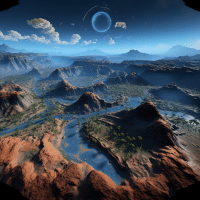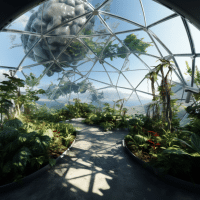
In an age defined by swift technological advancements and the continuous evolution of educational paradigms, the incorporation of Virtual Reality (VR) education into classrooms emerges as a transformative force, poised to revolutionize traditional learning methodologies. The fusion of education and technology has always foretold change. Still, VR’s unique ability to plunge students into interactive, three-dimensional environments introduces dimensions of possibility previously confined to the realm of science fiction. As we embark on a journey to unveil the empowering potential of education through VR, we step into a realm where imagination takes tangible form, where textbooks transcend their static pages, and where students become active participants in their own learning voyages.

Imagine a history class where students are no longer passive observers but voyagers transported through time to witness pivotal historical events unfolding before their eyes. Through the lens of VR education, history metamorphoses from a list of dates and facts into a vibrant, emotionally resonant narrative. Similarly, intricate scientific concepts undergo transformation, as students don VR headsets and embark on immersive journeys to explore microscopic realms or distant galaxies. This technology harnesses the innate human inclination for experiential learning, heightening engagement by catering to a multitude of learning styles simultaneously.
At the heart of modern education lies the principle of inclusivity, striving to provide equitable learning opportunities for all students. Virtual Reality bridges the gap between this aspiration and reality. For students with disabilities or limited physical mobility, the classroom environment can often prove challenging. VR dissolves these obstacles, enabling each student to interact with educational content on their own terms. A student with mobility constraints can now explore ancient ruins alongside their peers, while a visually impaired student can engage with intricate scientific models through auditory cues and tactile feedback. Within the realm of VR education, learning becomes a realm of equal potential, empowering every student to realize their capabilities.
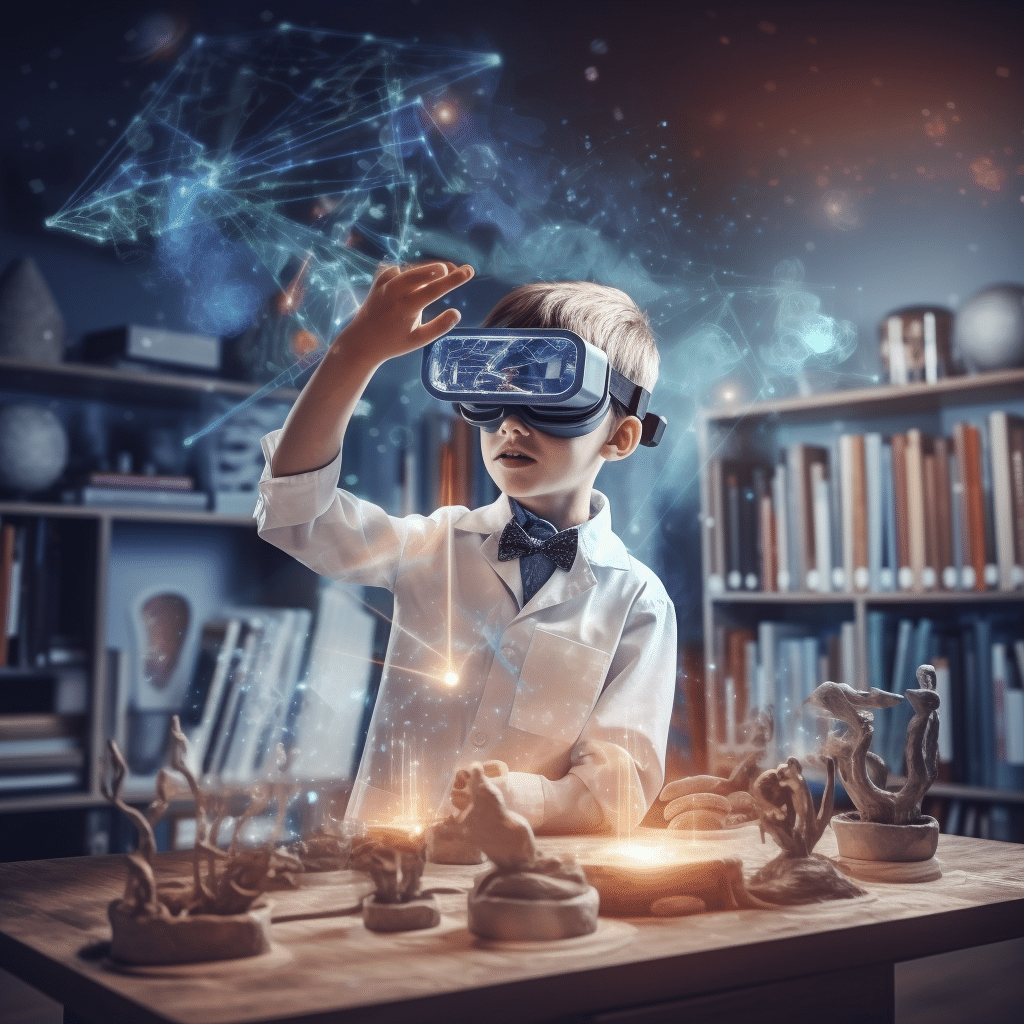
Furthermore, the concept of a classroom has transcended its physical confines with the advent of VR education. In an era of globalization, cross-cultural understanding is a vital skill, and VR has emerged as a tool to nurture this comprehension. Envision a literature class where students hailing from diverse corners of the world convene in a virtual space to dissect the nuances of a novel, infusing discussions with a rich tapestry of viewpoints. VR education offers a unique platform for global classrooms, connecting students across geographical distances, exposing them to varied perspectives, and enriching their cognitive growth. It’s a significant step toward preparing them for the interconnected, multicultural landscape that awaits them.
While much emphasis has been placed on the student’s experience, it’s equally crucial to recognize the transformative impact of VR on educators themselves. Teaching is an art, one that demands continuous refinement and adaptation. VR presents educators with a canvas to experiment with innovative pedagogical methods, fine-tune their strategies within a risk-free environment, and even simulate intricate classroom scenarios. This equips them to enhance their teaching techniques, ultimately leading to improved student outcomes.
As we embark on this odyssey into the realm of empowered education through VR, it’s essential to acknowledge that while the potential is immense, challenges do exist. Technical infrastructure, content development, and integration into curricular frameworks demand meticulous attention. However, the growing body of research and the numerous success stories emerging from classrooms worldwide underscores the transformative power VR education can wield within the educational landscape.
In the forthcoming articles, we will delve deeper into the various facets of this transformative journey. From amplifying engagement and fostering inclusivity to connecting global classrooms and empowering educators, each subtopic will illuminate how VR is reshaping the educational tapestry. Through these discussions, our aim is not only to highlight the potential of VR education but also to provide insights into best practices and strategies for harnessing this technology to its fullest potential. The future of education stands before us, an immersive, all-encompassing future fueled by the virtual realms we are poised to explore.
Enhancing Engagement and Immersion: The Impact of Virtual Reality on Student Learning
This article delves into how Virtual Reality (VR) is revolutionizing traditional classroom experiences by offering immersive and engaging learning opportunities. It explores how VR technology captures students’ attention and provides a multi-sensory experience that enhances their understanding of complex subjects. The article also discusses the potential challenges in integrating VR into education and offers insights into best practices for optimizing student engagement through VR-based learning.
In the realm of education, engagement has long been hailed as the cornerstone of effective learning. The challenge for educators lies in finding innovative ways to captivate students’ attention and foster a deep understanding of complex concepts. Enter Virtual Reality (VR), a technological marvel that has shown remarkable potential in transforming classroom experiences into immersive and engaging adventures. This article delves into the profound impact of VR on student engagement and how it contributes to enhanced learning outcomes.
The Power of Immersion: Breaking Down Learning Barriers
- Traditional learning methods often rely on textbooks, lectures, and visual aids, which can sometimes fail to spark students’ imagination and curiosity.
- VR offers an unparalleled level of immersion by transporting students into lifelike, interactive environments where learning becomes an experience rather than a passive activity.
- Subjects that were once abstract or difficult to grasp through traditional means can now be explored firsthand in VR, such as diving into the inner workings of a cell or walking through historical landmarks.
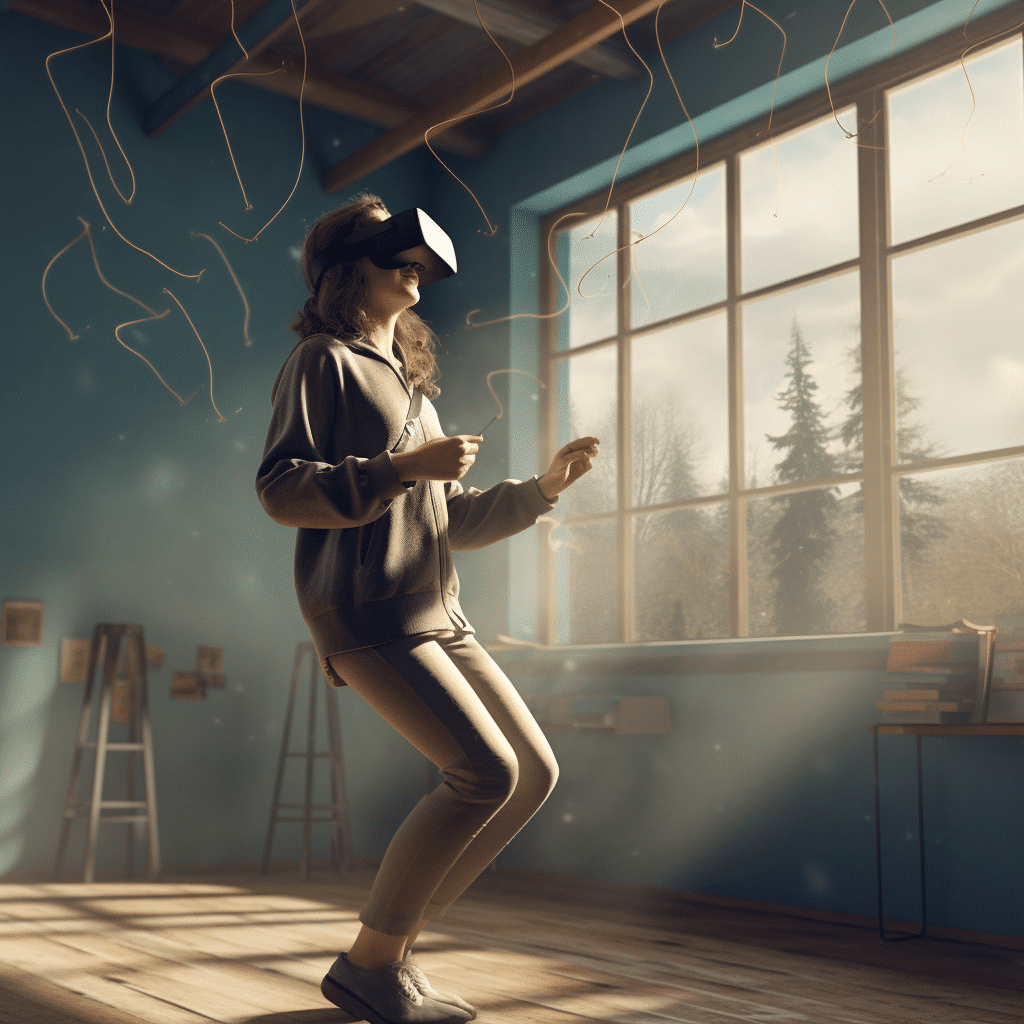
Multi-Sensory Learning: Engaging Different Learning Styles
- Every student has a unique learning style, whether visual, auditory, kinesthetic, or a combination of these.
- VR caters to multiple learning styles simultaneously by providing visual, auditory, and often tactile stimuli.
- For instance, a biology lesson on the circulatory system can involve not just visualizing it in 3D but also hearing the heartbeat and feeling the pulse through haptic feedback, accommodating various learning preferences.
Active Participation: Learning by Doing
- Passive learning often results in limited retention of information. Active participation is key to long-lasting understanding.
- VR encourages active engagement through interactive simulations, where students can manipulate objects, conduct experiments, and make decisions that lead to different outcomes.
- Physics concepts, for example, can be better understood as students experiment with virtual pendulums, adjusting variables and observing the effects in real time.
Emotional Connection: Fostering Empathy and Understanding
- Stories have the power to evoke emotions and create lasting memories. VR amplifies this effect by placing students directly within narratives.
- Historical events, literature, and social issues become deeply relatable as students experience them from the perspective of those involved.
- By fostering empathy and emotional connection, VR encourages students to view subjects holistically and develop a nuanced understanding.
Challenges in VR Integration: Navigating the Learning Curve
- Introducing VR into classrooms comes with challenges, such as technical setup, content creation, and teacher training.
- Educators need to become familiar with VR technology to effectively guide students and curate meaningful experiences.
- Collaboration between educators and tech experts is crucial to ensure a seamless integration that enhances learning without overwhelming students.
Best Practices for Optimizing Engagement through VR
- Curriculum Alignment: Align VR experiences with curriculum objectives to ensure that immersive experiences contribute to educational goals.
- Interactivity: Choose VR content that allows students to interact with objects, environments, or characters to foster engagement and curiosity.
- Student-Centered Approach: Let students explore VR environments at their own pace, encouraging self-directed learning and exploration.
- Reflection and Discussion: Incorporate debriefing sessions where students reflect on their VR experiences and discuss their observations with peers.
- Regular Assessment: Monitor students’ progress and engagement levels to gauge the effectiveness of VR-enhanced lessons and make necessary adjustments.
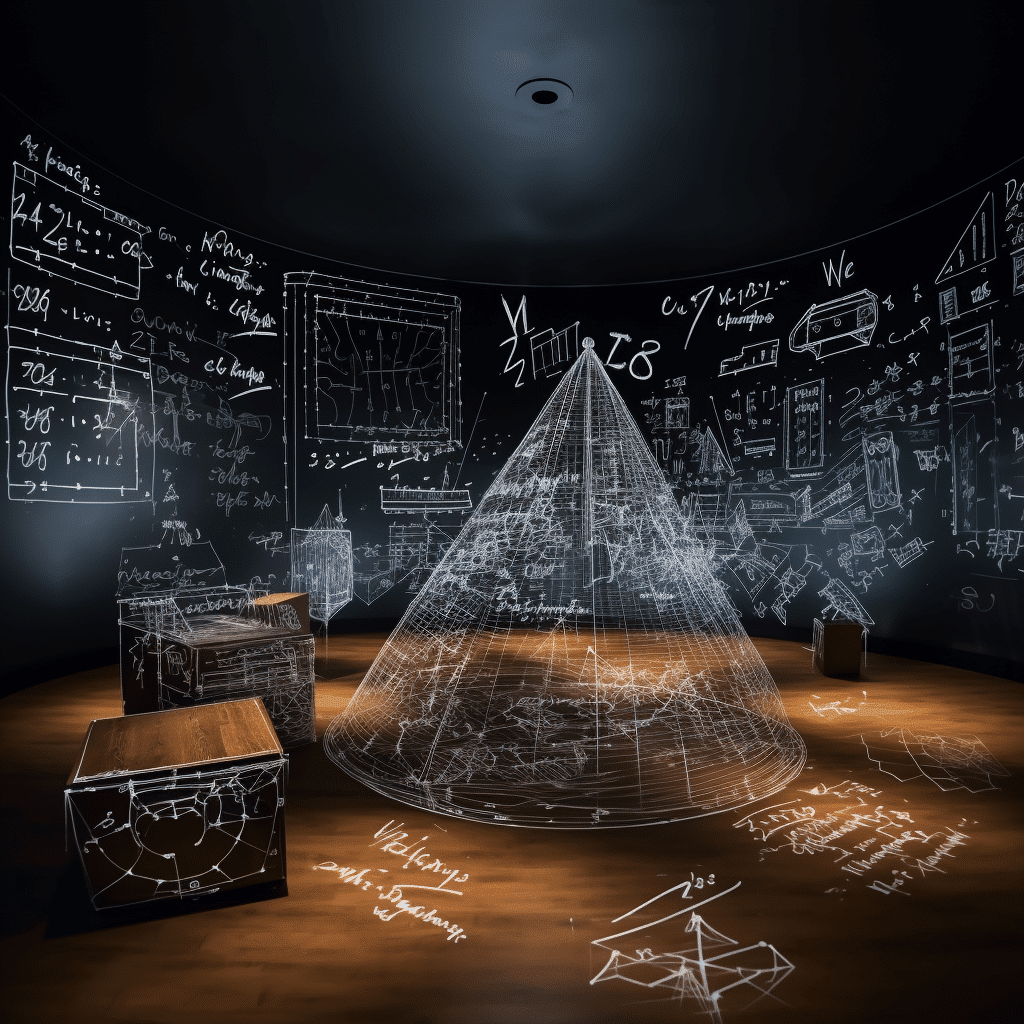
The Future of Engagement in Education: Where VR Takes Us
- As VR technology evolves, its potential to enhance engagement becomes increasingly promising.
- Artificial intelligence could enable personalized VR learning experiences tailored to individual students’ strengths and weaknesses.
- Collaborative VR spaces could facilitate global discussions, allowing students from diverse backgrounds to learn together as they explore virtual worlds.
The impact of Virtual Reality on student engagement is undeniable. By transforming learning from a passive endeavor to an interactive, multi-sensory adventure, VR has opened up new dimensions of understanding and exploration. Through immersion, multi-sensory learning, active participation, and emotional connection, students are empowered to become active learners who grasp complex concepts with depth and enthusiasm. While challenges in integrating VR into education persist, the potential benefits far outweigh the obstacles. As VR technology continues to evolve, its role in enhancing engagement and shaping the future of education is set to become increasingly significant.
Breaking Down Physical Barriers: Inclusivity and Access with Virtual Reality Education
This subtopic focuses on the role of VR in creating inclusive educational environments. It highlights how VR technology enables students with disabilities or limited physical mobility to participate in educational activities that were previously inaccessible to them. The article examines various VR applications designed to accommodate different learning styles and needs, emphasizing how this technology can level the playing field and empower all students to thrive academically.
In the pursuit of equitable education, inclusivity and accessibility stand as paramount principles. Traditional classroom settings often present physical barriers that hinder students with disabilities or limited mobility from fully participating in the learning process. However, the advent of Virtual Reality (VR) has paved the way for a transformative shift, empowering these students with unprecedented access to educational opportunities. This article delves into the profound impact of VR on inclusivity and how it is dismantling physical barriers to education.
Equal Access through Digital Realms
- Conventional classroom setups can be restrictive for students with mobility challenges, impairments, or health issues.
- VR education provides an immersive and interactive environment where students can participate without the constraints of physical limitations.
- A student in a wheelchair, for instance, can virtually traverse the Louvre Museum in Paris, exploring art and culture just like any other student.
Tactile Learning: Beyond Visuals and Auditory Cues
- Traditional learning heavily relies on visual and auditory modes, which can be limiting for students with visual or hearing impairments.
- VR introduces tactile learning through haptic feedback, enabling students to “feel” objects and environments in the virtual space.
- Mathematics and geometry, often reliant on visualizations, become accessible through touch and spatial awareness in the virtual realm.
Personalized Learning Paths
- Students with disabilities may require tailored learning approaches that accommodate their unique needs.
- VR allows educators to design personalized learning paths, adjusting content and interactions to suit each student’s abilities.
- Lessons can be scaffolded to gradually introduce complex concepts, ensuring that no student is left behind.
Empowering Independence and Confidence
- Students with disabilities sometimes face dependence on aids or assistants in traditional classrooms.
- VR education promotes independent learning by allowing students to explore, interact, and learn on their own terms.
- The sense of control and autonomy fosters confidence and a sense of accomplishment.

Building Empathy and Understanding
- Beyond inclusivity, VR education fosters empathy by simulating the experiences of people with disabilities.
- Students can inhabit virtual personas that mirror various disabilities, helping them develop a deeper understanding of the challenges others face.
- This cultivates a compassionate and inclusive mindset, contributing to a more empathetic society.
Challenges and Considerations in VR Inclusivity
- Technological Accessibility: Ensuring that VR platforms are accessible via various devices and compatible with assistive technologies.
- Content Creation: Designing VR content that caters to diverse learning needs, including audio descriptions and text-to-speech options.
- Training Educators: Equipping educators with the skills to curate inclusive VR experiences and support students effectively.
Best Practices for Inclusive VR Education
- Collaboration: Partner with experts in disability education and technology to develop accessible VR content.
- Universal Design: Design VR experiences with universal accessibility in mind, considering a wide range of disabilities.
- Feedback and Iteration: Regularly gather feedback from students with disabilities to refine VR experiences and ensure their effectiveness.
The Future of Inclusive Education: A Barrier-Free Reality
- VR’s potential to break down physical barriers goes beyond the classroom, extending to cultural institutions, workplaces, and public spaces.
- Continued innovation could lead to even more sophisticated VR tools that cater to a wider array of disabilities.
- In the long run, the inclusive practices pioneered by VR education could influence traditional education methods, making them more accommodating to all learners.
In conclusion, Virtual Reality is revolutionizing education by transcending physical barriers and promoting inclusivity. By offering equal access, tactile learning, personalized paths, and empowering independence, VR is reshaping the educational landscape for students with disabilities. Beyond education, the empathy cultivated through VR experiences could have far-reaching implications for societal inclusivity. While challenges persist, the strides made in accessible VR education herald a future where all students, regardless of physical limitations, can engage in learning without constraints, contributing to a more equitable and diverse educational ecosystem.
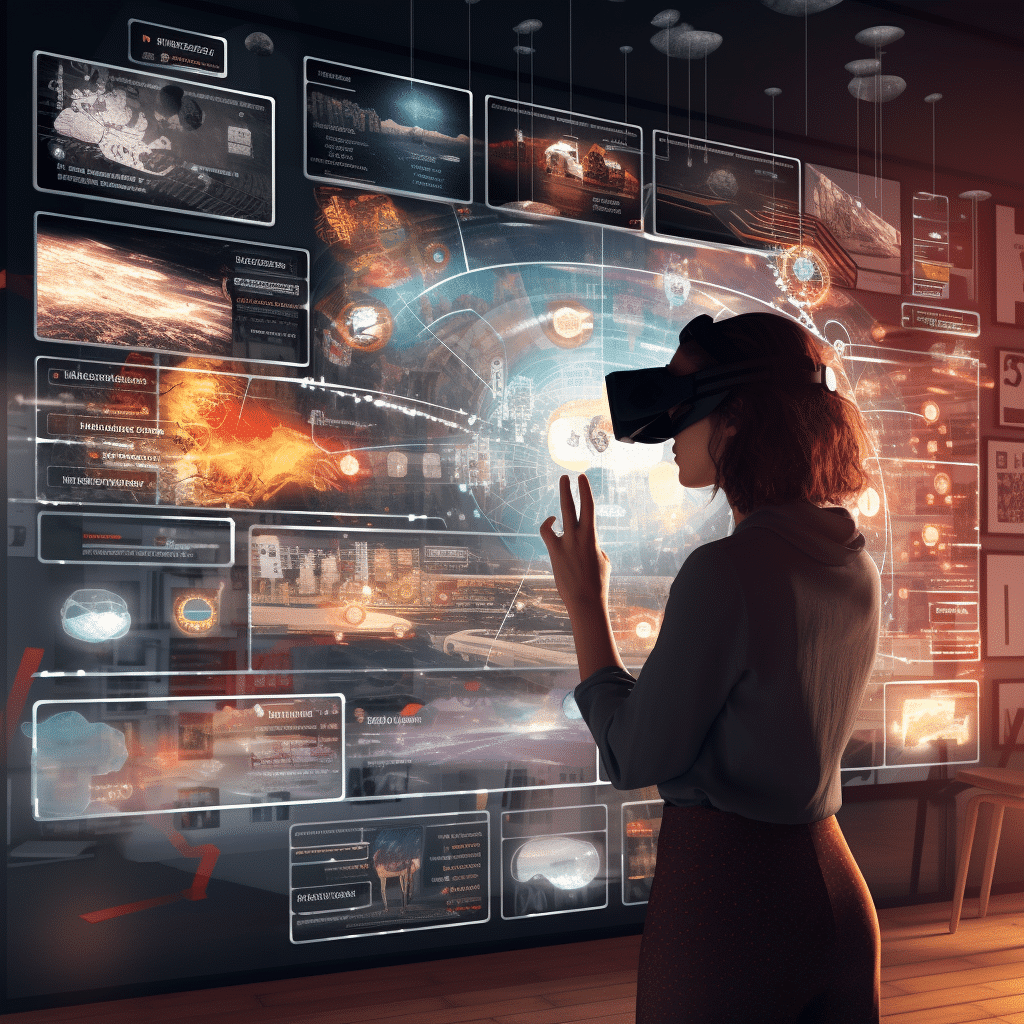
Global Classrooms: Connecting Students through Virtual Reality Learning Experiences
In an era marked by rapid globalization and interconnectedness, the concept of education has transcended the boundaries of traditional classrooms. The world is becoming more interconnected, and the need for students to develop cross-cultural competencies and global perspectives has never been more vital. As education evolves, so does the potential to bridge geographical divides and connect students from different corners of the globe. Enter Virtual Reality (VR), a technology that not only enhances learning but also has the power to create immersive, global classrooms that transcend physical limitations. This article delves into the realm of “Global Classrooms,” exploring how VR is revolutionizing education by connecting students in ways that were once unimaginable.
A New Frontier in Education: Beyond Borders and Boundaries
- Education is evolving beyond the confines of traditional classrooms, opening up new possibilities for global engagement.
- VR has emerged as a catalyst for this transformation, offering an avenue for students to connect with peers and educators worldwide.
The Power of Immersive Global Learning Experiences
- Traditional classrooms often provide limited exposure to global perspectives.
- VR immerses students in virtual environments that replicate real-world locations, enabling them to explore new cultures, historical sites, and natural wonders.
- Students can walk through the streets of ancient civilizations, converse with virtual international peers, and witness global events firsthand.
Fostering Cultural Understanding and Collaboration
- Global VR classrooms foster cross-cultural understanding by allowing students to experience different customs, languages, and ways of life.
- Collaboration among students from diverse backgrounds stimulates creativity, critical thinking, and empathy.
- Language barriers can be broken down through VR-enhanced language learning, where students practice speaking with virtual native speakers.
Virtual Exchange Programs: Redefining Cultural Exchange
- Traditional student exchange programs often face logistical and financial barriers.
- VR-based virtual exchange programs eliminate these hurdles, enabling students to interact and learn from peers in other countries without leaving their classrooms.
- This form of exchange fosters friendships, broadens worldviews, and prepares students for global citizenship.
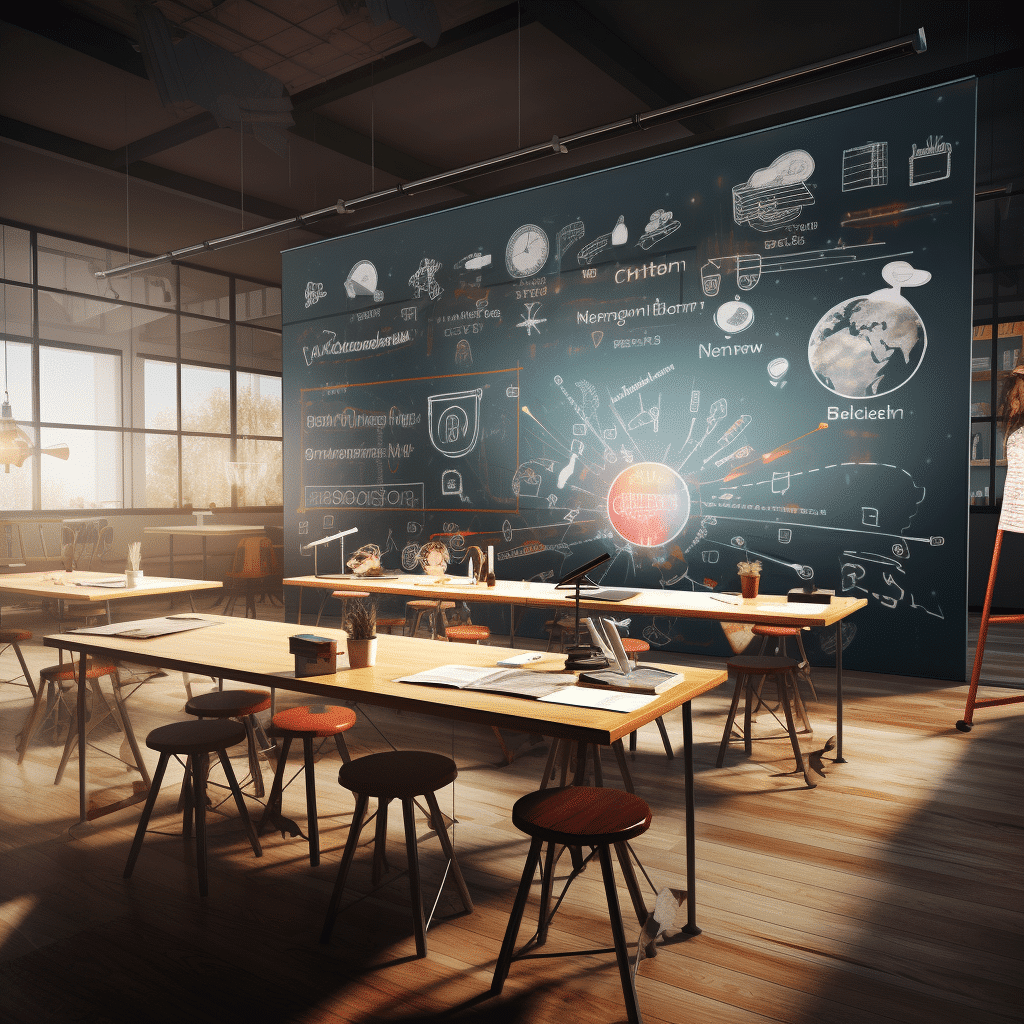
Challenges and Considerations in Global VR Classrooms:
- Cultural Sensitivity: Ensuring that VR content accurately represents various cultures and doesn’t perpetuate stereotypes.
- Technical Accessibility: Guaranteeing that all students, regardless of their location, have access to the required technology for VR learning.
- Time Zone Differences: Navigating time zone disparities to facilitate synchronous interactions among global students.
Best Practices for Facilitating Global VR Education
- Curriculum Integration: Incorporate VR experiences that align with curriculum objectives and enhance global learning outcomes.
- Diverse Content: Curate a wide range of VR experiences that showcase various cultures, historical periods, and global issues.
- Collaborative Projects: Encourage students to collaborate on VR projects that require cross-border teamwork and problem-solving.
The Future of Global Classrooms: A Boundless Education
- As VR technology advances, the potential for realistic global classroom experiences becomes increasingly promising.
- Virtual field trips could become a staple of education, enabling students to visit historical landmarks, laboratories, and ecosystems from anywhere.
- VR could even pave the way for joint international educational initiatives that redefine traditional learning models.
In conclusion, the concept of global classrooms is being redefined by Virtual Reality. By connecting students across continents, cultures, and languages, VR is creating an educational landscape that prepares learners for a truly globalized world. Through immersive experiences, cultural understanding, and collaborative projects, VR is breaking down geographical barriers and fostering empathy, curiosity, and cooperation among students from diverse backgrounds. While challenges persist, the potential impact of global VR classrooms on education is immense, shaping a future where borders are transcended, and education truly knows no limits.
Empowering Educators: Training and Professional Development through Virtual Reality
The final subtopic addresses the impactful integration of VR education on teacher training and professional development. It delves into how educators can derive substantial benefits from VR simulations to refine classroom management skills, experiment with innovative teaching strategies, and engage in realistic scenarios without disrupting actual learning environments. Furthermore, the article explores how VR-based training profoundly enhances educators’ pedagogical skills, instills greater confidence, and ultimately raises the overall quality of education they impart to their students.
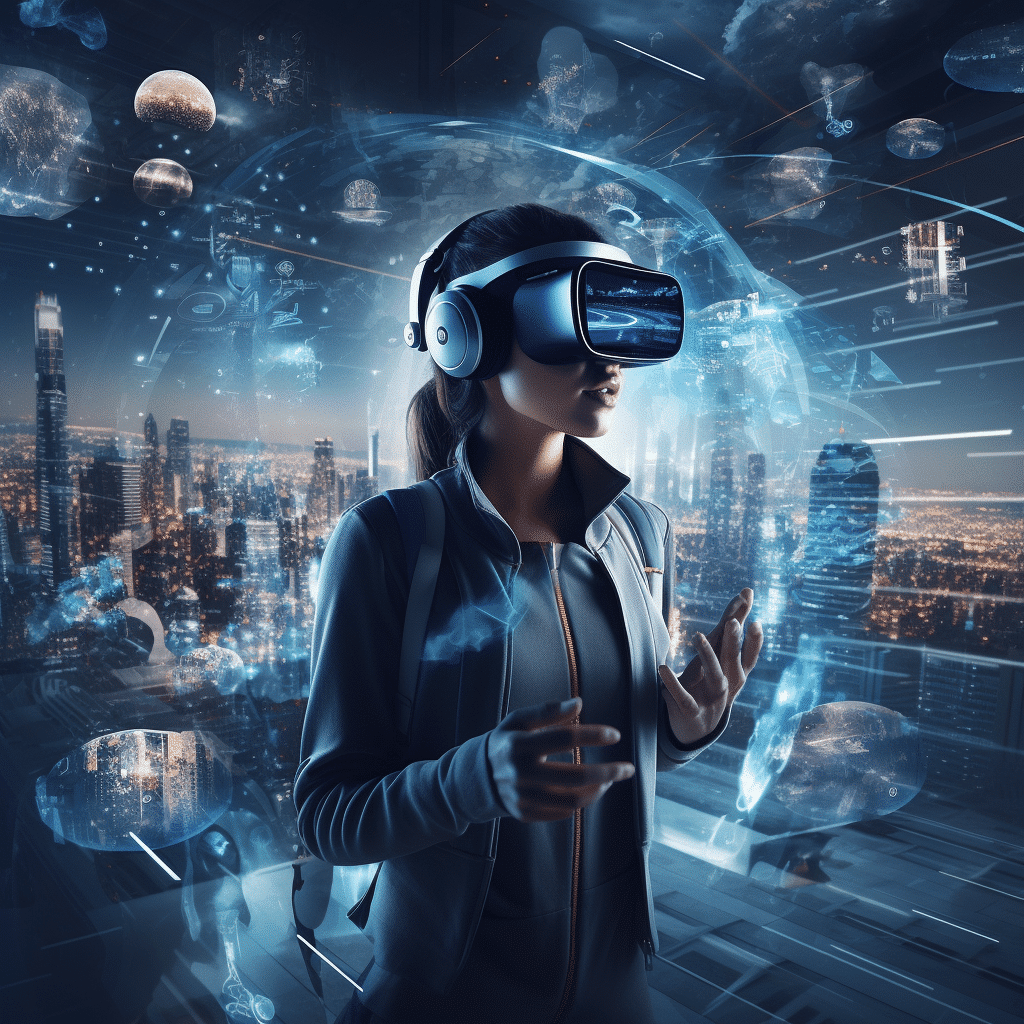
In the dynamic landscape of education, the role of educators is undergoing a revolutionary shift. As the demands and dynamics of teaching continue to evolve, there arises a pressing need for pioneering approaches to professional growth and training. Here emerges Virtual Reality (VR), an awe-inspiring technological advancement that is not only enriching the learning experiences of students but also fundamentally redefining the way educators are nurtured and empowered. This article takes an in-depth plunge into the domain of “Empowering Educators,” unearthing how VR education is reconfiguring teacher training and professional development, thus propelling instructional methodologies to unprecedented altitudes.
As we draw the curtain on our exploration of the transformative prowess of Virtual Reality VR education, we have thoroughly plumbed its manifold impact on student engagement, inclusivity, global connections, and the empowerment of educators. Our odyssey through these subtopics has unfurled the remarkable potency of VR to reshape the educational panorama, transcending traditional confines and ushering in a new epoch of possibilities.
From the augmentation of student engagement via immersive encounters and the cultivation of empathy-driven learning to the dismantling of physical hindrances for students with disabilities and the establishment of global classroom linkages, VR has incontrovertibly demonstrated its capacity to embolden learners and educators in tandem. The technology’s ability to foster inclusive milieus, bridge geographical chasms, and facilitate intercultural comprehension has expansively broadened the frontiers of education.
Equally momentous is VR education’s contribution to the maturation of educators’ professional trajectories. Through simulations devoid of real-world consequences, tailored training modules, and collaborative educational experiences, VR not only hones teaching acumen but also molds a community of educators ardently dedicated to innovation and ceaseless advancement. The potential furnished by AI-driven enhancements and mentorship avenues holds the key to overhauling professional development, thus ensuring that educators remain at the vanguard of pedagogical progression.
Nevertheless, our sojourn isn’t a denouement; instead, it’s a stepping stone into a mutating landscape. As we navigate the incessant evolution of VR education, challenges and prospects shall persistently emerge. It becomes imperative for educators, institutions, and stakeholders to unite their efforts in extracting the full spectrum of VR’s potential to devise meaningful, ethically grounded, and all-encompassing learning experiences.
The expedition to empower education through VR education is a collaborative endeavor, underpinned by ingenuity, cooperation, and an unwavering commitment to the triumph of students. As the lines between actuality and virtuality blur, our comprehension of education burgeons, and the opportunities are limitless. Through immersive engrossment, global interconnections, and ceaseless educator empowerment, the trajectory of education doesn’t halt within the confines of the classroom; rather, it morphs into a realm of limitless learning experiences, shaped by the synergy of human inventiveness and technological progress.









